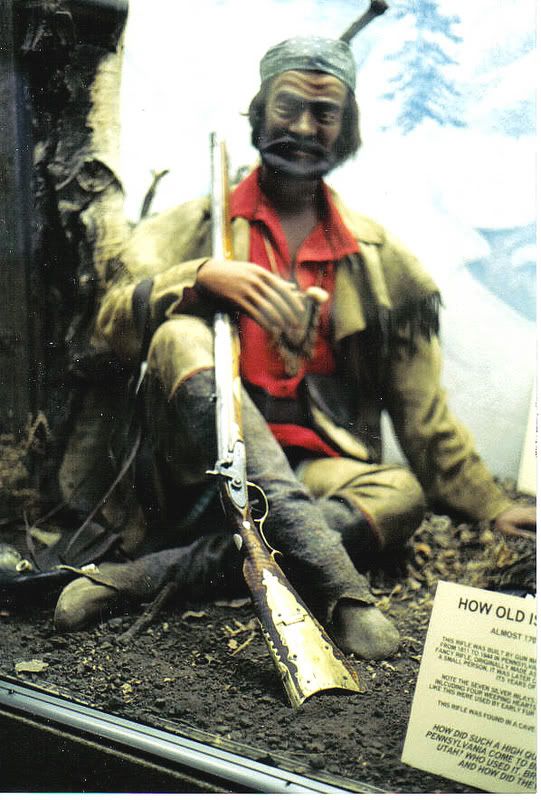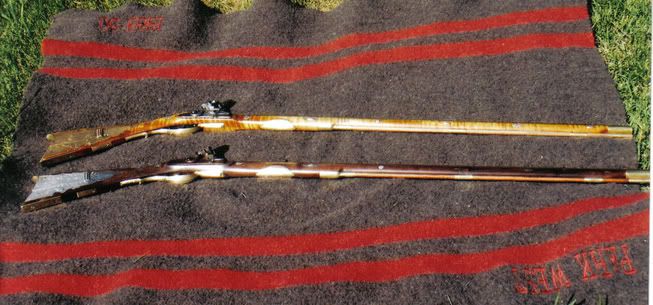and I was buying a new rifle, I might well buy a smaller bore capable of being freshed out a few times.
Those who have seen small bore "Mountain Man" rifles...were the barrels' outside dimensions large enough to permit freshing out to .54 or .58?
Those who have seen small bore "Mountain Man" rifles...were the barrels' outside dimensions large enough to permit freshing out to .54 or .58?







